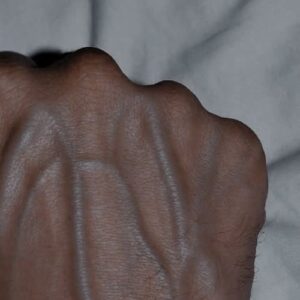Acne is a common skin condition that affects millions of people worldwide,
particularly teenagers and young adults. It occurs when hair follicles
become clogged with oil, dead skin cells, and bacteria, leading to inflammation.
The most common types of acne include blackheads, whiteheads, papules,
pustules, nodules, and cysts. While acne is not a life-threatening condition,
it can significantly impact self-esteem and mental well-being, making it an important issue to understand and address.
The primary causes of acne include excess oil production, clogged pores,
bacterial infections, and hormonal fluctuations. Hormones, particularly
androgens, stimulate the sebaceous glands to produce more oil, increasing
the likelihood of clogged pores. Genetics also play a crucial role,
as people with a family history of acne are more likely to develop it.
Other contributing factors include stress, certain medications, diet,
and environmental pollutants. Understanding these triggers can help
individuals take preventive measures to reduce breakouts.
Acne can be categorized into different severity levels, from mild to severe.
Mild acne typically consists of blackheads and whiteheads, while moderate
acne includes inflamed pimples and pustules. Severe acne is characterized
by painful nodules and cysts, which can lead to scarring if not treated properly.
The severity of acne determines the best treatment approach, ranging from
over-the-counter products to prescription medications. Early
intervention is crucial in preventing long-term skin damage.





